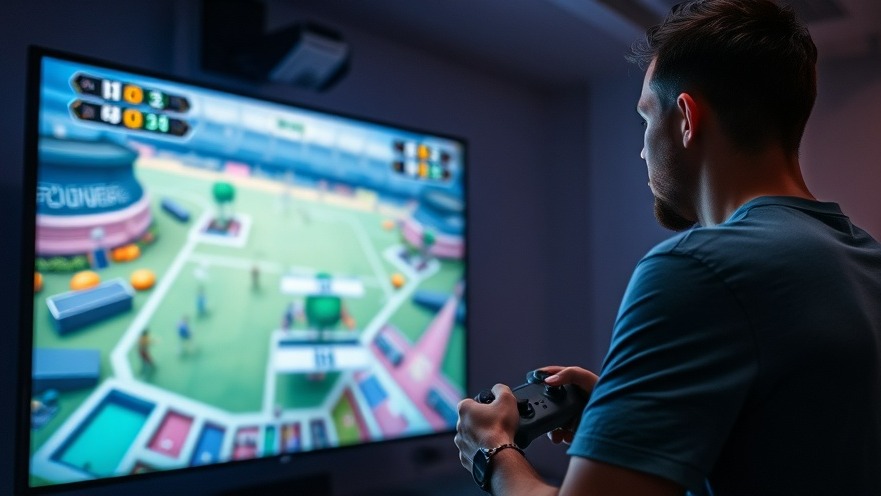
Understanding Inherited Trauma Through Gaming
Video games have long been seen as mere entertainment, but increasingly, they are recognized as powerful tools for storytelling and emotional exploration. Virginia Commonwealth University's recent projects in Qatar highlight how games can be utilized to navigate inherited trauma. By engaging players with narratives of struggle and resilience, these games offer a unique avenue for understanding complex emotions often tied to familial histories.
The Role of Interactive Storytelling
Oftentimes, traditional storytelling methods can fall short in conveying the nuances of inherited trauma. Video games, with their interactive nature, allow players to step into the shoes of characters dealing with real-life issues. This form of engagement not only promotes empathy but also fosters a deeper understanding of the multi-generational impact of trauma. As players make choices for their characters, they become more involved in the emotional journey, leading to potential insights about their own experiences.
Case Studies: Projects at VCU Qatar
Virginia Commonwealth University Qatar has initiated projects that exemplify this approach to gaming. Students are tasked with creating games that reflect the struggles and relationships inherent in their own backgrounds. This endeavor encourages them not only to explore personal trauma but also to communicate these experiences in a way that resonates with others. The result is a collection of games that serve as both a form of expression and a learning tool, making the complexities of trauma more accessible.
Creating Comfortable Workspaces for Gamers
For many digital nomads and remote workers, the rise in gaming and interactive storytelling means that creating a suitable workspace is vital. Ergonomics plays a crucial role in ensuring that the hours spent gaming or studying are both comfortable and productive. Adjusting furniture like chairs and desks to fit personal body needs can enhance focus and reduce the risk of strain. Elements such as proper screen height and the use of ergonomic keyboards and mouse devices can transform a workspace into a more conducive environment for creativity and efficiency.
Benefits of Understanding Your Work Environment
Knowing how to organize a workspace can significantly impact your productivity. Digital nomads, in particular, benefit from understanding the importance of ergonomics in their environments. When the physical workspace is conducive to both gaming and working, it leads to greater satisfaction and improved performance. Being aware of the physical and emotional needs associated with gaming can further enrich one's experience, making it easier to engage with both personal narratives and professional responsibilities.
The Emotional Impact of Games in Remote Workspaces
Incorporating emotionally charged games into a work environment can enhance creativity. For digital nomads who often find themselves wrestling with isolation, gaming projects can offer moments of connection and community. Engaging with narratives that many can relate to opens dialogues about mental health and emotional well-being. Games don’t just serve as a diversion; they can be powerful mediums for reflection and reconciliation with our past—essential as remote workers navigate their own paths.
Moving Forward: The Future of Gaming and Trauma Narratives
As the conversation around mental health and trauma continues to evolve, video games will likely play a larger role in how these themes are understood and expressed. For digital nomads, merging the virtual with the physical, as seen in ergonomic setups, could redefine wellness in their workspaces. In understanding how to blend personal and professional narratives through the medium of gaming, we can not only enhance our personal journeys but also create engaging environments that promote well-being and productivity.
Digital nomads are encouraged to explore creating spaces that foster creativity and comfort. Experimenting with game narratives may be a novel way to engage with your work while reflecting on your story. Embrace your journey with gaming as both a tool and a form of expression.
 Add Row
Add Row  Add
Add 




Write A Comment